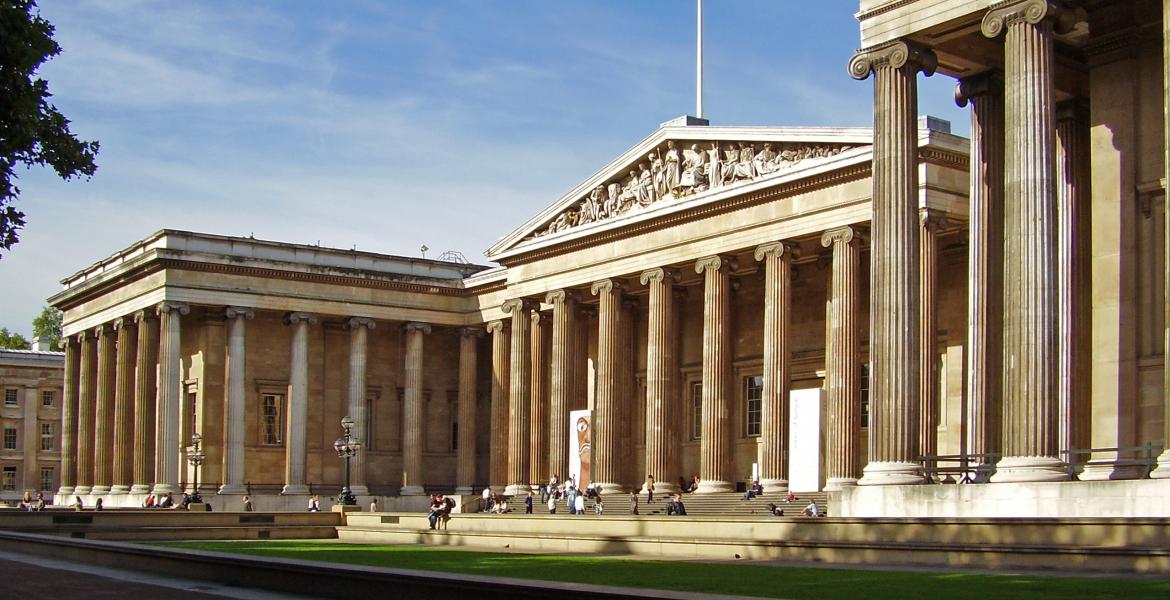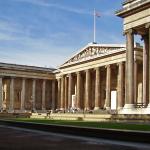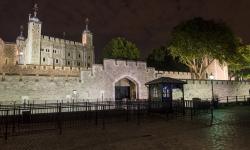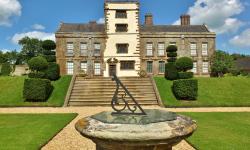The British Museum, London
First opened to the public in 1759, the British Museum houses one of the world's most extensive collections on the history of human culture. Every part of the world is covered in this immense building, designed in classical Greek style, and which is free to enter (with the exception of some special exhibitions). With more than eight million items in its permanent collection, it covers everything from the Lower PalaeolithicThe earliest part of the Stone Age (3.4million years BP to 300000BP). See 'A Brief History of Climate Change'. (such as a 1.8 million year old African stone chopping tool) to the current day (such as a copper plated sculpture of a car bonnet). Furthermore, it has some of the world's most important historical objects on display, including the Rosetta Stone (which allowed us to translate Ancient Egyptian hieroglyphs), the disputed Elgin Marbles (removed from the Parthenon in Athens), and the most important collection of Mesopotamian antiquities outside Iraq.
The British Museum's collections are so large and so important, it would take weeks to appreciate them fully. Each item is breathtaking in its own right, being amongst the best examples on display anywhere in the country, and deserves to be admired. As such, it is better to go with a particular period or place in mind, and find the relevant rooms. With young children in tow, we, obviously, had to head for the mummies. It also helps to know something already about the subject of the rooms you are visiting. This is not to say that information isn't available: it is, and in quantity. But the sheer amount of information can be overwhelming, particularly for a family with young children. I found it much easier to pull the children close and tell them the story of the items and their backgrounds, rather than read through all the information present. This way, I could also avoid some of the crush around the information panels and displays in particular rooms.
With young children in tow, we, obviously, had to head for the mummies. It also helps to know something already about the subject of the rooms you are visiting. This is not to say that information isn't available: it is, and in quantity. But the sheer amount of information can be overwhelming, particularly for a family with young children. I found it much easier to pull the children close and tell them the story of the items and their backgrounds, rather than read through all the information present. This way, I could also avoid some of the crush around the information panels and displays in particular rooms.
And this is the main problem with the Museum. The press of humanity in some rooms is considerable. Being packed into the mummies room felt something akin to taking the Tube at rush hour, and it was often not possible to get close to displays (at least without liberal use of elbows). It could also be quite daunting with two children there, both in terms of them getting bumped and bruised by people looking at eye-level, and also in them being lost in the general crush. It would be wise, if visiting with children, to have a clear plan in case they get lost. There is, however, probably a system that can be used to avoid the largest crowds: if you arrive early and see the most popular rooms first, you might be able to beat some of the rush. The British Museum is also open late on Friday evenings when it might be quieter. But with the Museum so big, and with so much to see, you are bound to run into crowds somewhere.
There is also the niggle, when visiting the British Museum, that perhaps some of the items should be given back to their original owners. The Rosetta Stone, for example, has been claimed by Egypt and there is an ongoing saga around the Elgin Marbles, which UNESCOUnited Nations Educational, Scientific and Cultural Organisation., amongst others, believes should be returned to their rightful home. I tried hard not to let the ethical considerations prevent my enjoyment of them, and their being housed in the British Museum has allowed me much more opportunity to view them, but perhaps it would be better to see them where they belong.
However, these few problems don't take (much) away from the Museum. Any student of any period of history should visit this amazing place, and should spend as much time as possible doing so.
To find out more about the British Museum, click here.
- Log in to post comments







